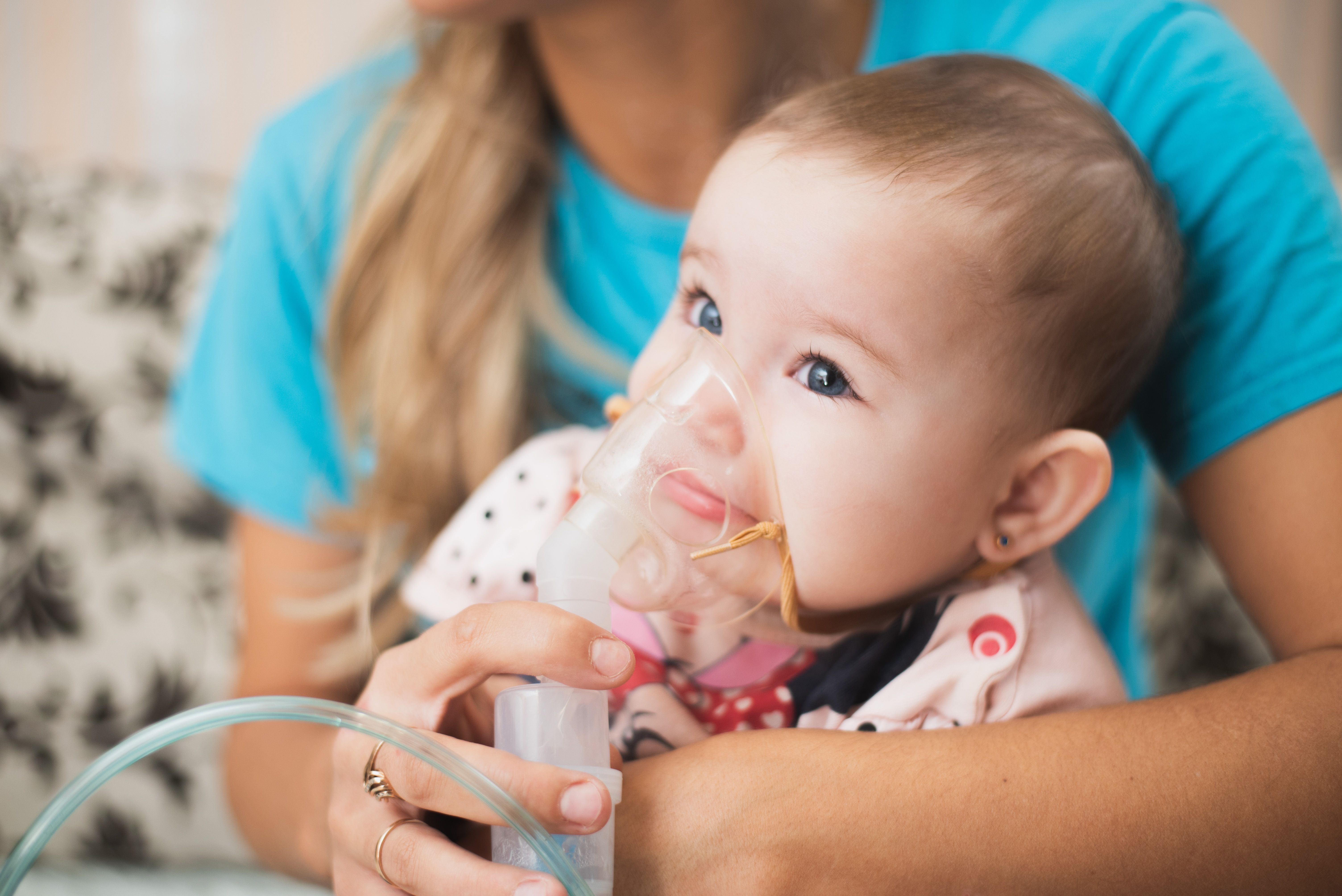News
Article
Study Highlights Impact of Preventive Strategies for RSV Hospitalizations in Pediatric Patients
Author(s):
Study shows a a significant burden of hospitalizations associated with respiratory syncytial virus during the 2021-2022 season compared with the prepandemic period.
Preventive strategies for respiratory syncytial virus (RSV) that target infants under 6 months of age could reduce the disease burden in children, according to the results of a study published by JAMA Network Open. The study authors noted a significant burden of RSV-associated hospitalizations, especially in those under 6 months of age, as hospitalizations grew during the 2021-2022 season compared with the prepandemic period, whereas severity of illness was similar during these timeframes.
Image credit: komokvm | stock.adobe.com

“The hospitalization burden of RSV in Canadian pediatric centers was considerable, with a mean of more than 2500 RSV admissions annually, excluding the 2020-2021 season,” the study authors wrote. “The highest burden was seen in young infants, with half of RSV admissions occurring in the first 6 months of life and nearly 40% in the ages 0 to 2 months group.”
Investigators sought to determine the epidemiology of pediatric RSV–associated hospitalizations in Canadian hospitals from 2017 to 2022 and to evaluate changes since the beginning of the COVID-19 pandemic. The cross-sectional study covered 5 RSV seasons, from 2017-2018 to 2021-2022, across 13 pediatric tertiary care centers from the Canadian Immunization Monitoring Program Active (IMPACT) program. The study population included hospitalized children and adolescents aged 0 to 16 years with laboratory-confirmed RSV infection.
“(RSV) is a leading cause of pediatric hospitalization worldwide, particularly in infants and young children. In North America and Europe, nearly 2% of all infants require hospitalization for RSV infection during the first year of life,” the study authors wrote. “Underlying health conditions, especially premature birth, chronic lung disease, and congenital heart disease, predispose children to severe RSV illness.”
The study showed 11,014 RSV-associated hospitalizations (6035 hospitalizations among men [54.8%]; 5488 hospitalizations among children aged <6 months [49.8%] and 4163 hospitalizations among children aged 0-2 months [37.8%]) during the 5-year surveillance period in 13 Canadian IMPACT hospitals. The frequency of RSV hospitalization peaked during the second month of life, with 1747 hospitalizations (15.9%), whereas the frequency of RSV hospitalization declined with older age.
Age and sex distributions of RSV hospitalizations were found to be similar in the prepandemic period (mean [SD] age, 1.4 [2.3] years; 4140 of 7568 hospitalizations among male patients [54.7%]) and 2021-2022 season (mean [SD] age, 1.3 [2.1] years; 1860 of 3388 hospitalizations among male patients [54.9%]). The mean annual number of RSV hospitalizations in the 3 prepandemic seasons was 2523 (2427-2641; 88.8) hospitalizations vs 3170 hospitalizations in the 2021-2022 season. The data show that in the 2020-2021 season, there were 58 hospitalizations limited geographically to 3 provinces.
Across Canada, the proportions of RSV hospitalizations over all-cause hospitalizations were a mean of 3.2% (95% CI, 3.1%-3.3%) during the prepandemic seasons and 4.5% (95% CI, 4.3%-4.6%) during the 2021-2022 season (difference, 1.3 percentage points; 95% CI, 1.1-1.5 percentage points; corrected P < .001). The study did not show changes across age, sex, ICU admission, prolonged length of stay, and case fatality rates in 2021-2022 vs the prepandemic period.
“Our data did not allow us to ascertain if RSV contributed to death. Thus, our in-hospital mortality rate is potentially an overestimate of RSV-attributable mortality,” the study authors wrote. “A Canadian studyof RSV mortality from 11 pediatric centers during 2003 to 2013 identified 90 deaths during RSV admissions. Death was completely unrelated to the RSV infection in 12% of deaths and due to RSV in 36% of deaths, while the virus was a contributor in 34% of deaths and played an undetermined role in 20% of deaths.”
Study limitations included surveillance being restricted to tertiary care centers in Canada, which means the findings may not be generalizable to the entirety of Canadian RSV pediatric hospitalizations. Further, changes in RSV testing practices were likely to have occurred, particularly in the wake of the COVID-19 pandemic. The authors added that it is possible diagnostic biases may have caused an overestimation of increased RSV hospitalizations in 2021-2022 or an underestimation of disease burden among older children and adolescents.
“Taken together, our results suggest that RSV preventive strategies for infants aged less than 6 months may have the greatest potential for associated decreases in RSV burden in children and adolescents,” the authors wrote. “Our findings also highlight the importance of ongoing surveillance of pediatric RSV hospitalizations at national and regional levels.”
Reference
Bourdeau M, Vadlamudi NK, Bastien N, et al. Pediatric RSV-Associated Hospitalizations Before and During the COVID-19 Pandemic. JAMA Netw Open. 2023;6(10):e2336863. doi:10.1001/jamanetworkopen.2023.36863
Newsletter
Stay informed on drug updates, treatment guidelines, and pharmacy practice trends—subscribe to Pharmacy Times for weekly clinical insights.






